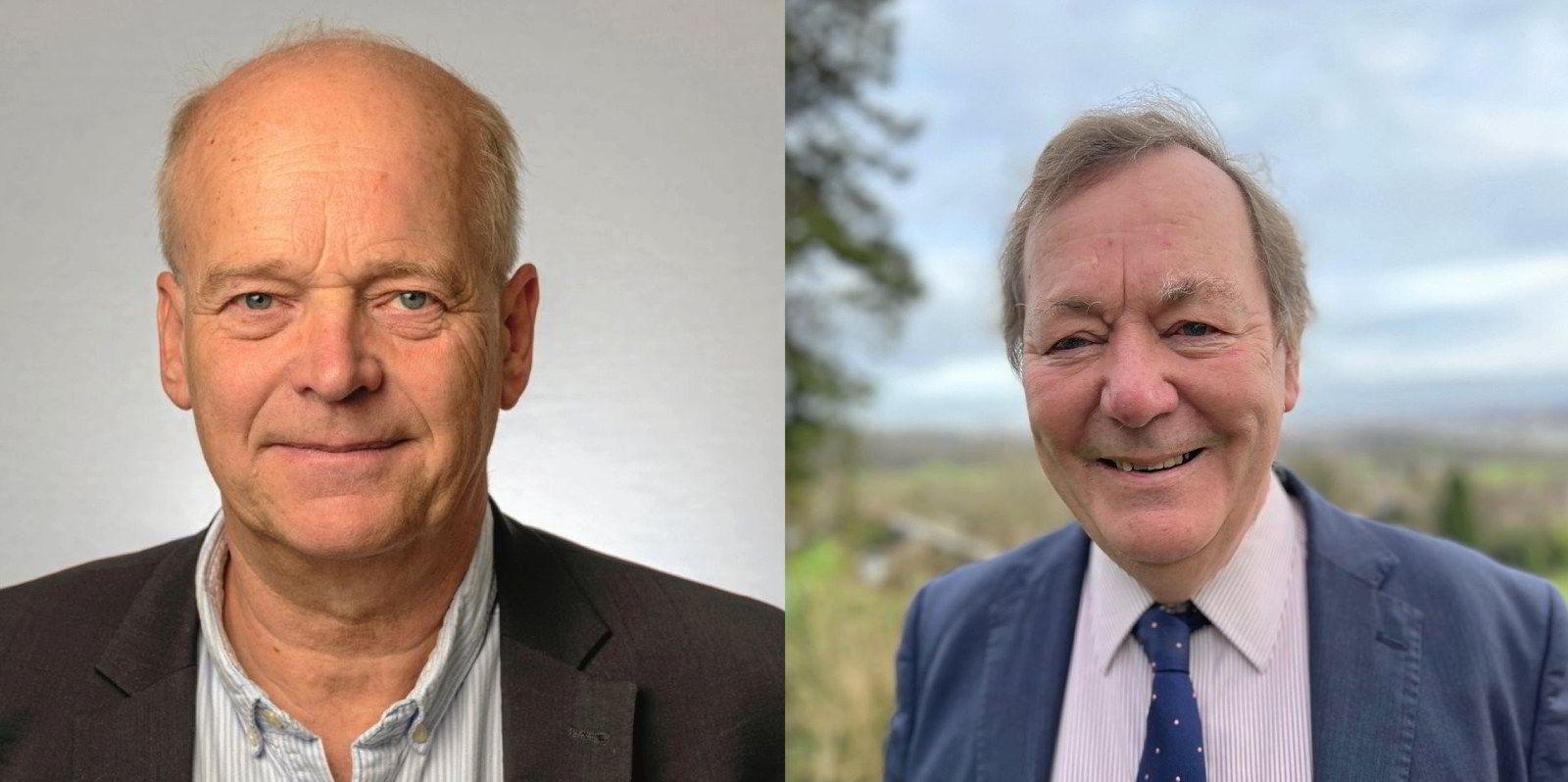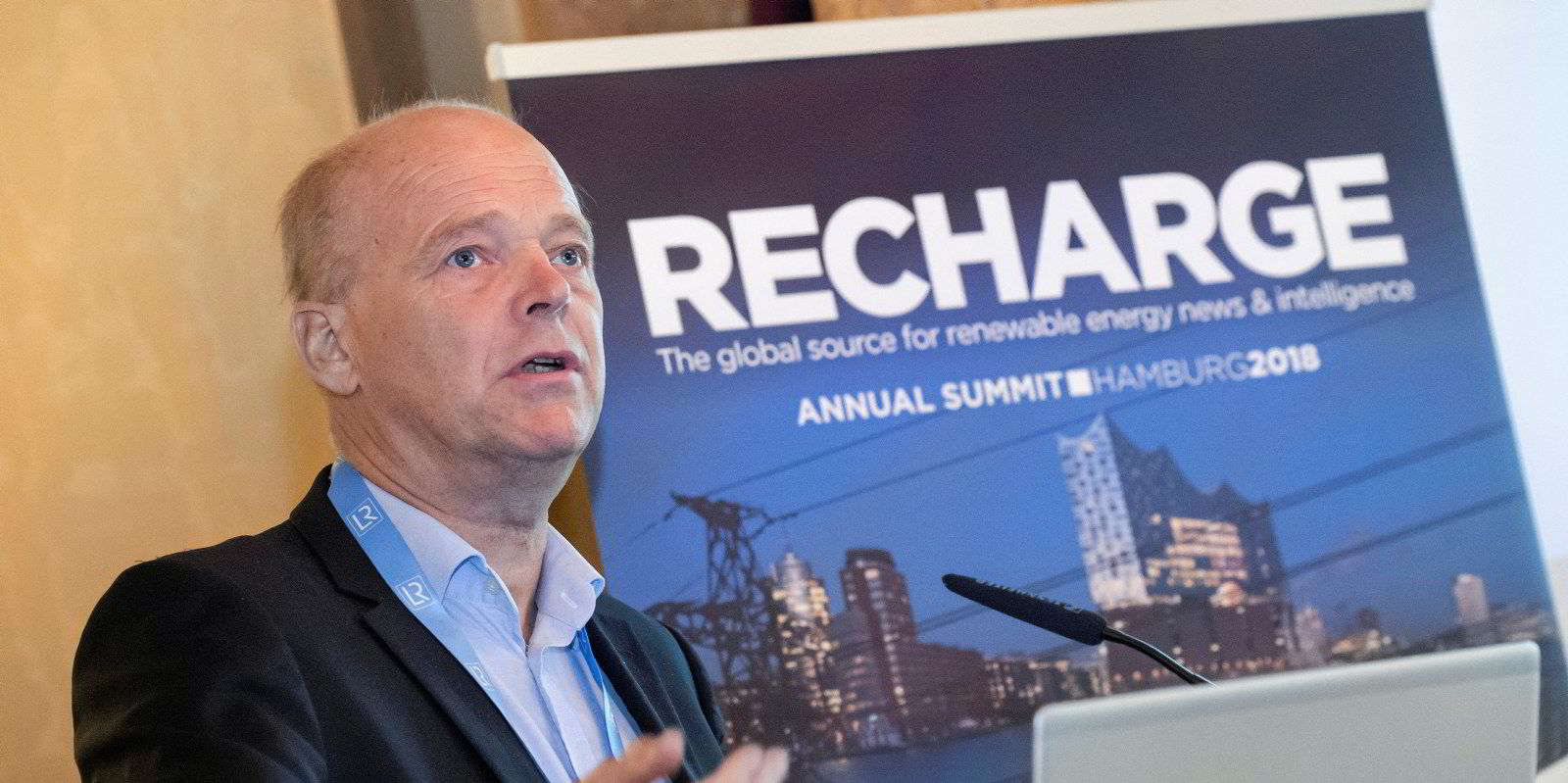Two of modern wind power’s pioneers – Henrik Stiesdal and Andrew Garrad – will share this year’s Queen Elizabeth Prize for Engineering.
The QEPrize – often described as the nearest thing global engineering has to a Nobel Prize – rewards the pair’s “four decades of achievements in advancing the design, manufacture and deployment of high-performance wind turbines – developments which have enabled wind energy to make a material contribution to global electricity generation and deliver transformational impact in diversifying the global energy mix”.
Stiesdal is recognised for his role in the late 1970s designing the turbine that came to be known as the Danish Concept and serves as the blueprint for the machines that dominate the global industry to this day.
Through his work with Vestas and later Siemens, Stiesdal – who becomes the first Dane to win the QEPrize – was also involved in key wind innovations such as single-piece blade production and the direct-drive turbine.
Briton Garrad is credited for pioneering the BLADED computational design tool which “allows engineers to model a complicated turbine system in its entirety and to predict its behaviour with the confidence needed to permit manufacture of these huge machines”.
Stiesdal and Garrad will split £500,000 ($629,000) as part of the prize, whose previous winners include the developers of PERC solar technology and web pioneers including Sir Tim Berners-Lee.
Stiesdal said: “It is an honour to receive the Queen Elizabeth Prize for Engineering alongside Andrew. To me, it represents much more than personal recognition; it is a tribute to the collective efforts of pioneers and engineers in wind power.
“Since the late 1970s they embodied the essence of this Prize, creating bold, groundbreaking innovations delivering sustainable and competitive energy, addressing climate change and providing global benefits for humanity.”
Garrad added: “Wind energy has been with us for millennia, but in the last 50 years, it entered a new era. The 10-metre diameter turbines of my early professional life have become the 250-metre giants of today – simply amazing! What could possibly be more exciting for an engineer?”



